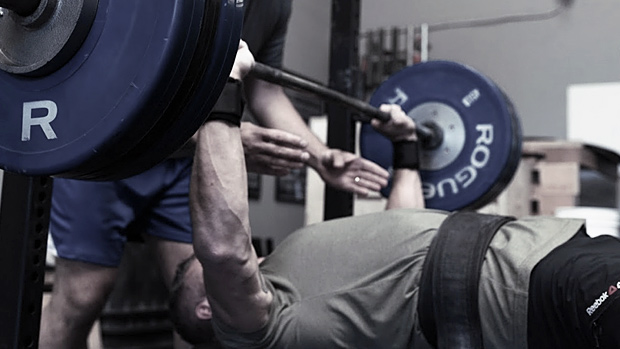Warm-up sets are vital for priming the nervous system and the working muscles so that they're efficient on the working sets. When you warm up the working muscles, think of it as "waking up" the nervous system and telling it to activate the target muscles for the movement patterns you're about to perform, i.e. what exercise you're actually doing.
But there's another category of set you need to think about: feeder sets. These are done after your warm-up sets, and they pump some blood into your working muscles. When you do them you'll feel more "in tune" with the movement you're executing.
Feeder sets should be fairly hard, maybe just a couple reps shy of failure. What's the difference between those and working sets? Working sets are the ones that you take to failure, or those where you use intensity methods to further increase the time under tension within the set.
Here's an example of how all that would look:
Warm-Up Sets
- Empty Barbell: 20-40 easy reps
- First Set: Do 15 reps without weight, rest 90 seconds
- Second Set: Add weight, do 12 reps, rest 90 seconds
- Third Set: Add weight, do 10 reps, rest 90 seconds
Feeder and Working Sets
- Fourth set: Add weight (from last warm-up), do 8 reps, rest 120 seconds
- Now begin your working sets, whatever the rep range for them may be.





